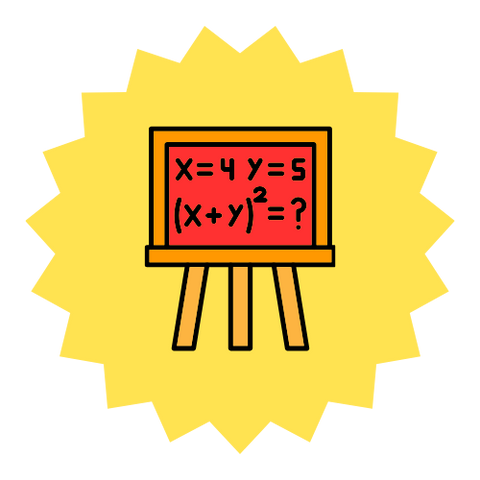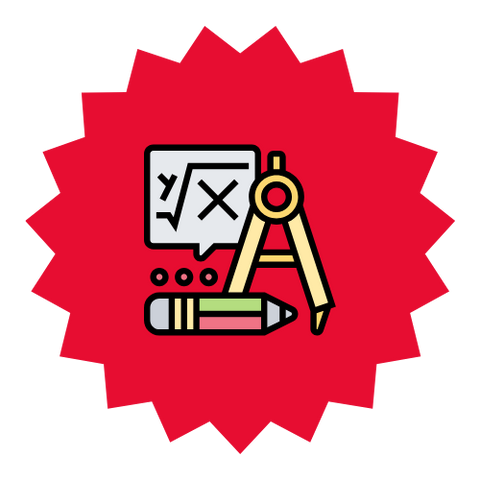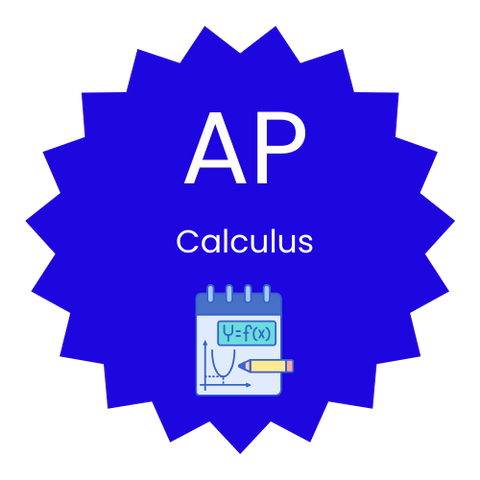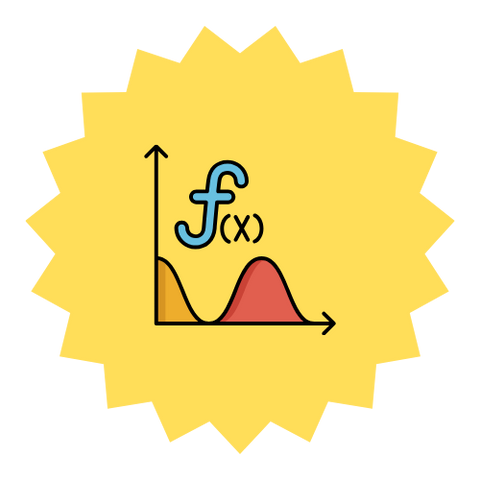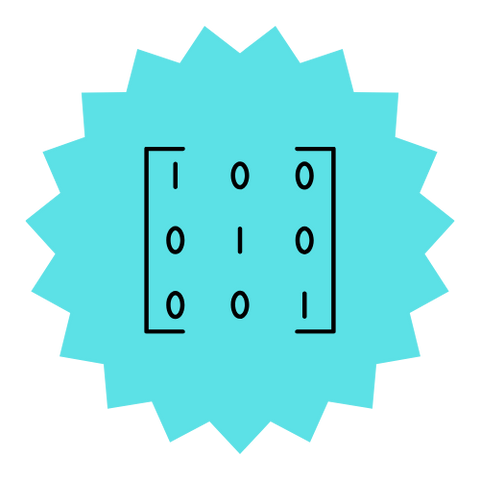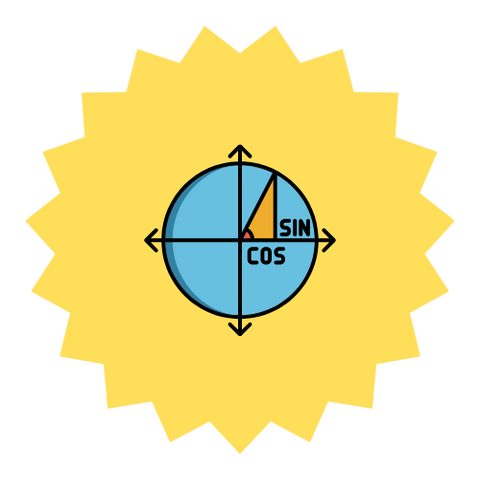David
David is a seasoned physicist and educator with a Ph.D. in Physics from the University at Buffalo, an M.S. in Computer Science from RIT, and an M.A. in Physics from the University of Rochester. With decades of teaching and tutoring experience from high school to university level, he focuses on developing confidence and deep understanding through hands-on, tailored lessons. David has supported learners with ADHD, autism, and giftedness, adapting his methods to fit each student’s learning strengths. A lifelong academic and former professor, he also enjoys golf, swimming, and bowling in his spare time.
Monday 2pm-12midnight Eastern Standard Time
Tuesday 2pm-12midnight Eastern Standard Time
Wednesday 2pm-12midnight Eastern Standard Time
Thursday 2pm-12midnight Eastern Standard Time
Friday 2pm-12midnight Eastern Standard Time
Saturday 2pm-12midnight Eastern Standard Time
Saturday 2pm-12midnight Eastern Standard Time
Each student has a unique set of strengths and weaknesses. The luxury of tutoring is that you can deal with those directly. By tailoring handouts, activities, etc. towards those strengths it will build confidence in the student going forward. It is also important that no matter what the activity (homework, skill builders, etc.) the student is participating in the work and not just watching.
I have a Ph.D. in Physics from the University at Buffalo, an MS in Computer Science from Rochester Institute of Technology, and an MA in Physics from the University of Rochester. I have spent most of my professional career as a teacher (Computer Science at first and then Professor of Physics). As demanding as teaching was, I was able to find the opportunity at times to write papers in the field of Solid State Physics. Though my research papers involved one sub-domain of physics my interests span all sub-domains; from quantum mechanics to quantum field theory, from special relativity to general relativity, and so much more.
As a tutor I dealt with students from high school through college-age and beyond. Each had a unique perspective and any interaction had to be adjusted for the session to be successful. As I mentioned before, building confidence through guided activities is key. A student should leave a session having gained the ability to be successful on the type of questions that earlier were difficult. In later years I helped in the homeschool programs and reviews of my three nephews. Each had his own strengths so different types of activities would have to be done to reinforce a topic. That is the nature of homeschooling: you have multiple avenues to education. In my undergraduate days there were times when I tutored classmates in more advanced classes. This tutoring mostly involved a back-and-forth discussion instead of classic tutoring.
Cognitive Diversity
How I adapt to students with diverse intellectual needs.As a Professor at RIT I experienced firsthand students with many different learning challenges, including those with hearing impairment and autism. In these cases I was able to provide suitable adaptations and test modifications if needed. Each of these students required a different approach but in the end all approaches came down to spending the appropriate time to make sure that learning took place so the student would not fall behind. When you have students that have trouble following a more traditional path to education a tutor’s task is to find a way that reaches them. This may involve a more verbal discussion or a presentation on paper that conveys the same information but in a visual way. In the end their activities must be learning activities that they embrace. In the special case of gifted learners the key is to not make it boring. This type of learner always wants more. For example, you may be talking about gravitation but they want to know of black holes. The push for what is next is always present and has to be realized and dealt with accordingly.
The activity needs to be so engrossing that the student would not be distracted by external events.


